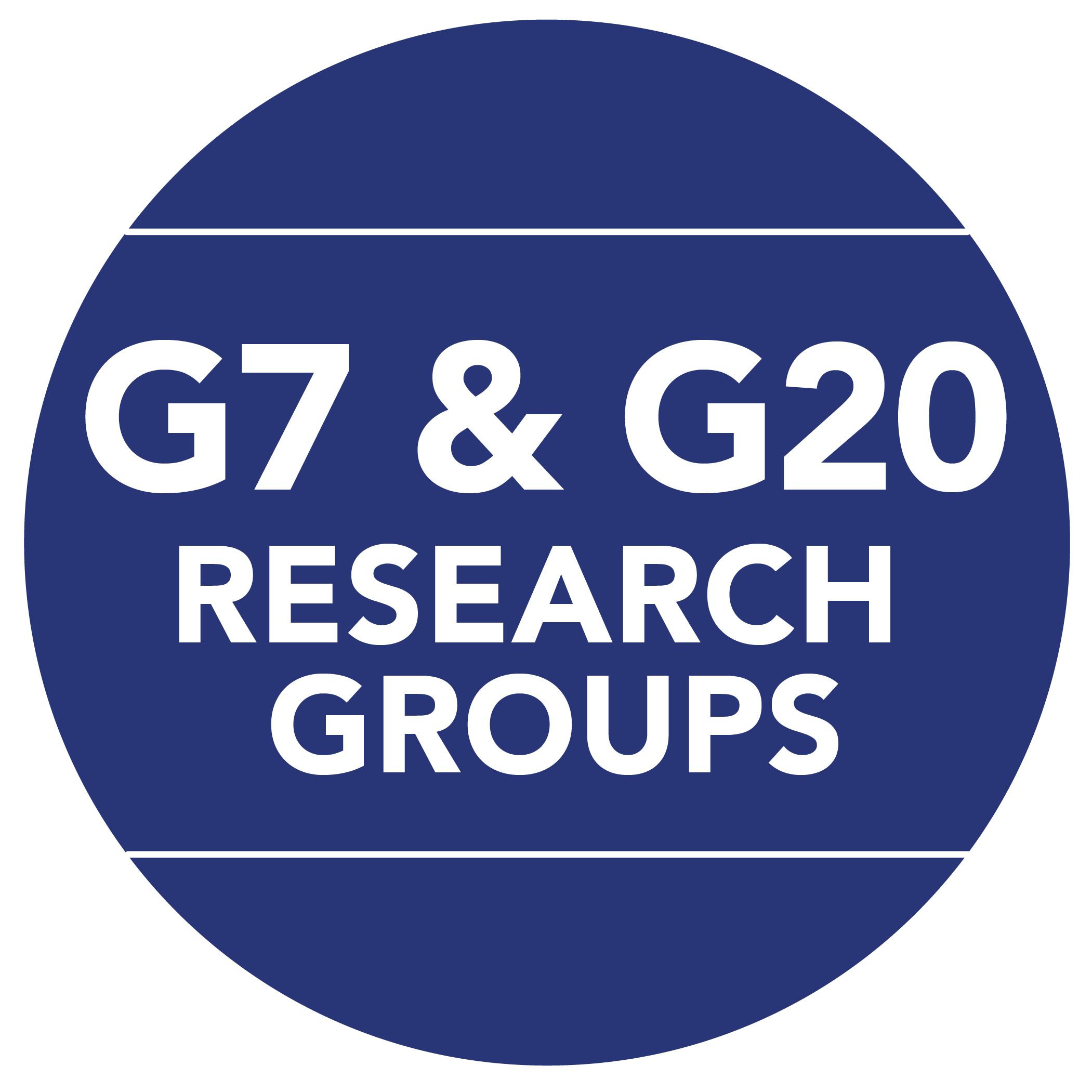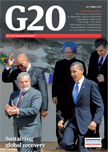

 |
 |
|

Growing to Meet Future Challenges
By Luis Alberto Moreno, president, Inter-American Development Bank
To download a low-resolution pdf, click here. (Be patient! It's 7.7 MB.)
Both the region and the IDB are at an inflection point. To be relevant and effective for the region’s first development, the IDB needs to be a bigger bank as well as a better bank.
Over the past 15 years, the Latin American and Caribbean region have had solid growth, sound macroeconomic policy, poverty reduction, and significant and sustained progress in the region’s broader development agenda. Between 1994 and 2008, the region grew at an annual average of 3.3 per cent – cumulatively, by 57.8 per cent – and poverty rates fell from 45.7 per cent to 33.2 per cent.
Although the region has been able to confront the global financial crisis with a more solid standing than in previous crises, due to its improved macroeconomic policies, the most recent projections of the International Monetary Fund (IMF) estimate that the effects of the crisis on the region will be greater than anticipated. Latin America and the Caribbean’s gross domestic income are expected to fall by 2.6 per cent in 2009. The significant progress in poverty alleviation achieved in the last five years could be reversed. Since 2003, an estimated 48 million people across the region have been lifted above the poverty level. Currently, the prospect is that the number of poor could rise by 34 million over the next three years.
Latin America and the Caribbean face two critical and overarching short-term challenges. First, the region’s countries must identify and obtain financial resources in order to carry out the expansive policies necessary to respond to external conditions. Such financing must be secured at a time of limited access to capital. Moreover, the prospects for securing necessary capital are limited by a crowding-out effect from developed economies pursuing their own stimulus programmes. Second, Latin American and Caribbean countries need to design their stimulus packages with the purpose not only of reactivating their economies but also of ensuring that the achievements of the last decade on poverty reduction and protection of the most vulnerable people are not reversed. The challenge is to maintain the stability that over recent years has come hand in hand with solid growth and poverty alleviation.
In addition to facing the immediate challenge of weathering the current global financial crisis, the region also confronts long-term development challenges. Two central challenges are to foster equality of opportunity across a broad range of areas and meet the Millennium Development Goals (MDGs), and to close the growth gap with the rest of the world while achieving global environmental sustainability and addressing climate change.
The region has large inequalities of opportunity both within and between countries. Some of the most unequal countries have registered progress over the last decade. Nevertheless, continued stratifications continue to create bottlenecks for faster growth, greater social inclusion and sustainable poverty reduction. Several countries in Latin America and the Caribbean have a per capita gross domestic product that is only a quarter of the regional average. Their poverty rates are nearly twice as high as the average for the region as a whole. These gaps are also reflected in most indicators of social welfare and access to services.
Although macroeconomic management in the region has improved notably in the last decade, growth in the region has lagged behind growth in other emerging regions of the world. The integration of Latin America and the Caribbean into the world economy is uneven and its trade performance lacklustre compared with that of developing countries in Asia and the Pacific. Progress in environmental sustainability has been mixed.
The Inter-American Development Bank (IDB) has played a key role in helping Latin American and Caribbean countries address the short-term dislocations associated with the global crisis. At the onset of the crisis, the bank took immediate countercyclical action by developing the Liquidity Programme for Growth Sustainability and expanding the Trade Finance Facilitation Programme.
In addition, in 2008-09, the IDB frontloaded its approval and disbursement levels for both ordinary capital and concessional funds, making them significantly greater than the average in the last four years. To take advantage of historically low interest rates in dollars, the bank offered the option of using fixed or LIBOR-based interest rates in IDB loans, permitting borrowers to better forecast the cost of their debt and take advantage of readily available financial instruments to hedge their currency and interest rate risks. Furthermore, by eliminating the Policy-Based Lending Authority and making the Policy-Based Borrowing Authority the only policy to define limits on total lending, the IDB’s disbursement capacity was increased by $2 billion between 2009 and 2012. Moreover, the bank was authorised to consider proposals by member countries to subscribe to non-voting callable capital ordinary shares. A proposal to increase Canada’s callable capital in ordinary capital by $4 billion has already been approved.
Above all, the IDB represents an important source of financing and knowledge to support longer-range development programmes in the region. It is the largest source of development finance in the region. Currently, the IDB provides borrowing member countries more than 50 per cent of multilateral financing. Between 1994 and 2008, it financed 1,230 loans for a total $108.6 billion.
Yet the IDB has become increasingly smaller relative to the region’s financing needs. The bank’s last recapitalisation took place in 1994. Since then, economic activity in Latin America and the Caribbean has doubled; new development challenges such as climate change, infrastructure deterioration and inequality have emerged; and countries have committed to reach the MDGs. After 2010, the IDB’s capacity to address these challenges and respond to country demands for financial and non-financial products will be severely constrained. From 2011 to 2020 the bank’s ability to lend and disburse is projected to drop significantly. Furthermore, its net financial flows to the region could become negative – at a time when borrowers are in greatest need of bank support.
The IDB’s board of governors thus reached a consensus at its July 2009 meeting in Santiago, Chile, that the bank required a capital increase. It is anticipated that the capital replenishment will be approved in March 2010 at the IDB’s annual meeting of the board of governors in Cancún, Mexico.
Both the region and the IDB are at an inflection point. To be relevant and effective for the region’s future development, the IDB needs to be a bigger bank as well as a better bank. In this regard, it is intensively working on implementing a series of measures to maximise the development effectiveness and impact of its interventions in the context of a capital increase. The aim is for these measures to help promote institutional transparency and integrity, deepen the fight against corruption, emphasise diversity, strengthen management for development results and improve risk management.
Although current indications point to ‘green shoots’ in the global economy, the countries of the region must neither drop their guard nor reduce the intensity of their efforts to withstand the current global instability, position themselves to restore dynamism in their economies and confront their longer-term development challenges. The IDB needs to have the financial resources and knowledge capacity to effectively support the region in this endeavour – as it has for the last 50 years.
|
This Information System is provided by the University of Toronto Library |
All contents copyright © 2024. University of Toronto unless otherwise stated. All rights reserved.